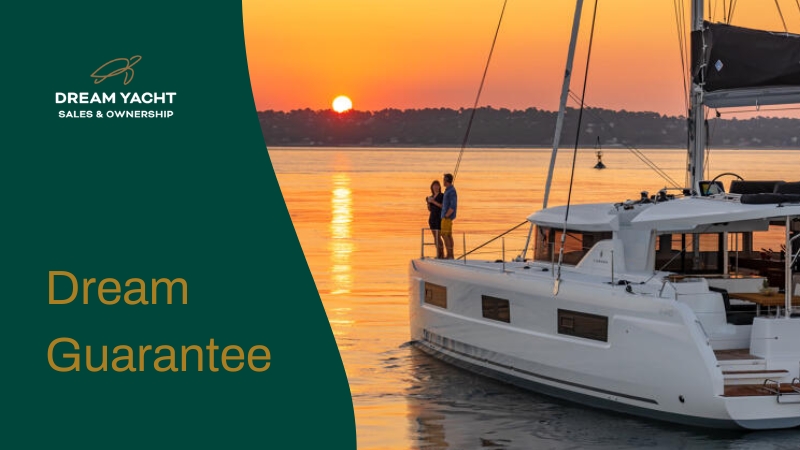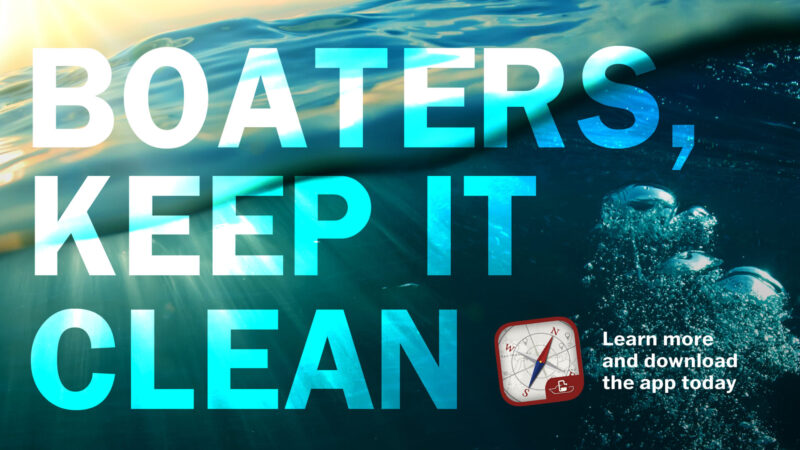
High School Northern League Championship Sails in Redwood City
Eighteen high schools showed up for their Northern League Championship last weekend at the Port of Redwood City, where Redwood High, Marin County, got the job done over two days and 24 races.
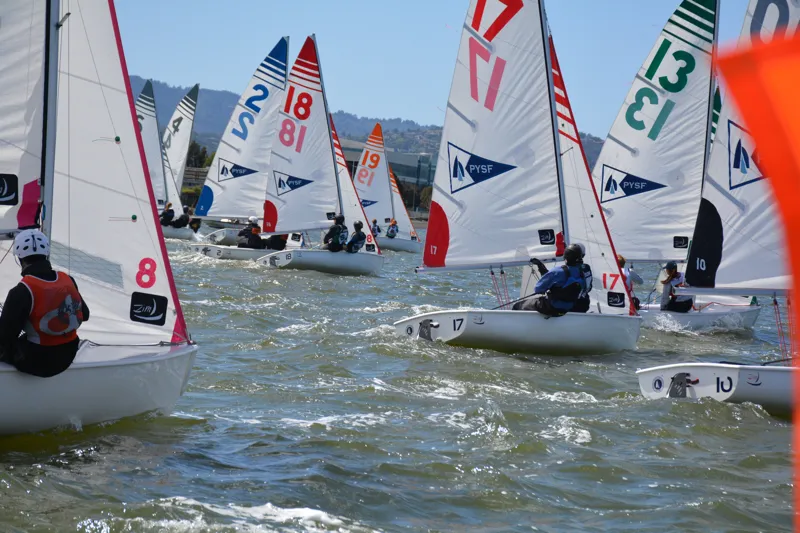
Along with adept race management by young volunteers, Peninsula Youth Sailing Foundation provided a fleet of matched boats for rotations between two divisions. Redwood won both.
That decisive win came with a trophy, historic but repurposed for the event, plus a trip for the winners to a high school regatta in Annapolis, Maryland, in June sponsored by five foundations. Those unprecedented sweeteners turned up the heat, and Morgan Headington, Redwood’s A division skipper, said, “Win or lose, it was great to see opportunities for high school sailing growing.”
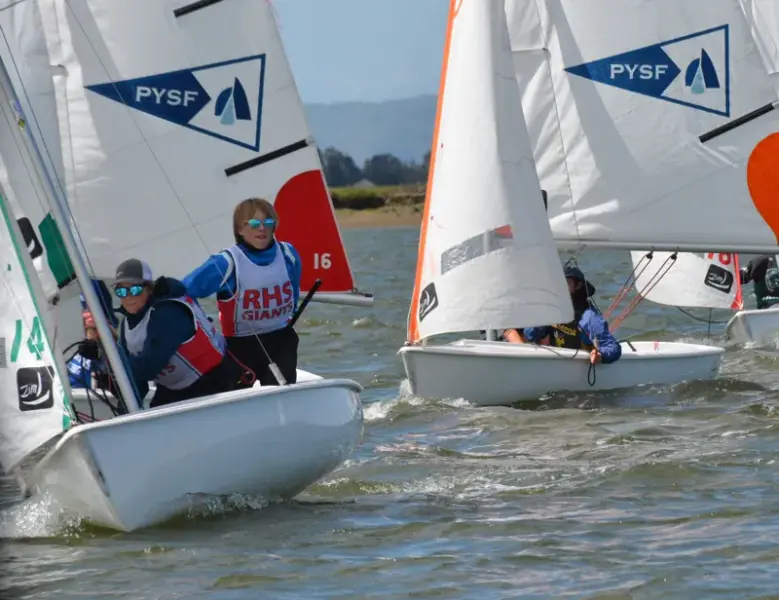
However, you will not find Headington, most of the time, sailing one of the FJ dinghies — designed 68 years ago — that are standard for high school sailing in California. FJs are tactical, not fast. Headington and crew Henry Vare are both speed-addicted to wing foiling. Headington allowed for a little crossover when he said, “FJs help me develop strategic thinking for speed and distance to a starting line. That’s valuable. But I feel a need for speed — unless I’m winning.”
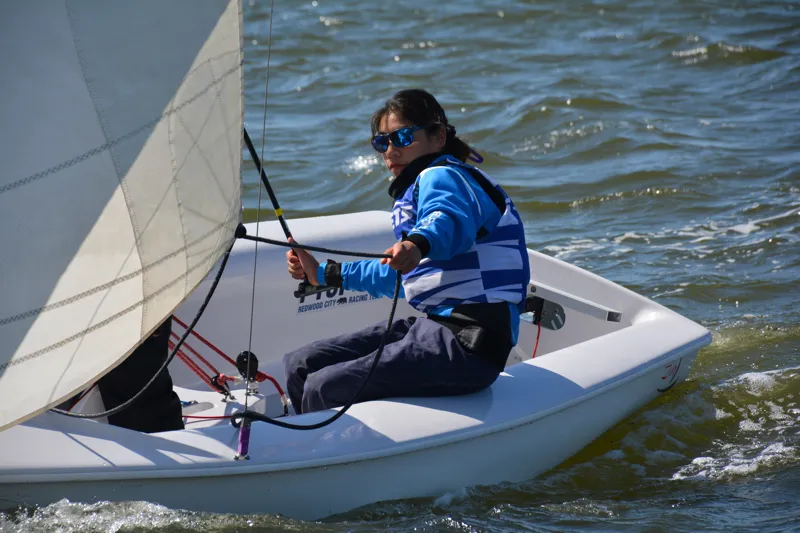
Feva class North American champion Rhett Krawitt shared the skippering of Redwood’s B team with Mark Xu, but Krawitt is speed-addicted in turn to 29er skiffs. Compared to skiff speeds, the attraction of high school sailing, he said, “is being part of a team; you don’t always get that in other sailing, but it’s hard to find a balance.”
Perhaps what Krawitt really means is that it’s hard to find enough sailing time in one life.
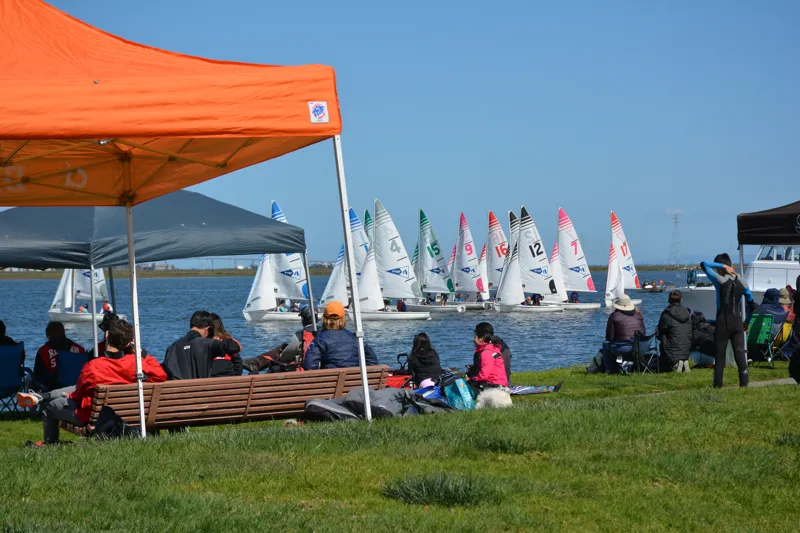
And we ought to mention a common thread of childhoods spent in Optis.
Crew time with Krawitt and Xu was shared between Whitney Feagin (light air) and Akira Bratti (more breeze). Second place was claimed by Stevenson School, Pebble Beach, followed closely by Encinal High. For Stevenson, Max McCormick and Patrick O’Hara skippered. For Encinal, that fell to lifestyle sailors Marco Puertas and sister Emi. Emi shared the too-common observation that, “Our school doesn’t consider us as a club, even, and sailing is not regarded as a sport.”
But if you gotta sail, you gotta sail.
Even Redwood’s team is not fully embraced by the school despite a long history of success. At The Bay School in the Presidio, however, the athletic department speaks sailing, and Bay’s Caleb Everett and Anna Rauh were the second-place boat on points behind Headington and Vare.
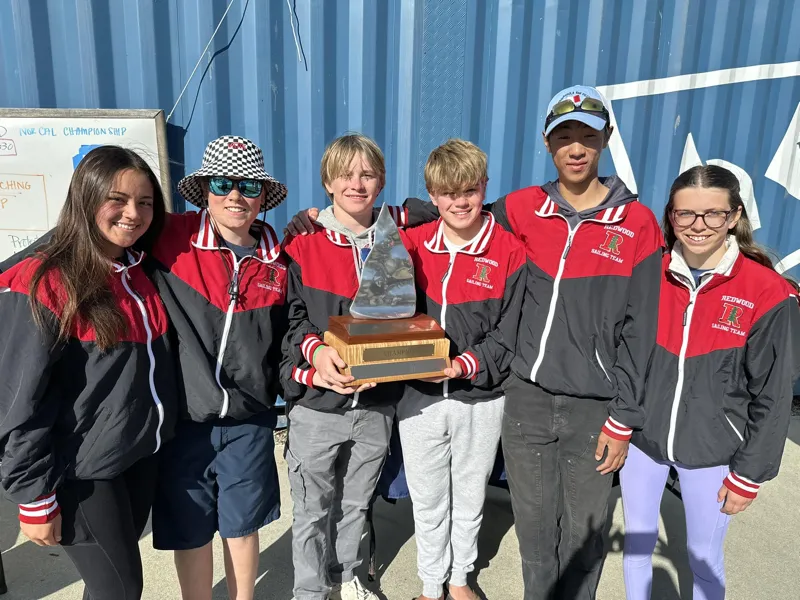
That’s not what Everett was aiming for, but he said, “Hey, we’re a young team.”
And that’s our no-punches-pulled report on high school sailing in the Bay Area.
The kids are all right.
Latitude 38 Crew Mingle at Svendsen’s Spring Fling Show
The day has arrived! Today is the start of Svendsen’s third annual Spring Fling Marine Expo. We’re there. Are you? We arrived early this morning to set up our booth among the sailing community. Everyone was busy getting their displays organized, and catching up with and greeting friends.
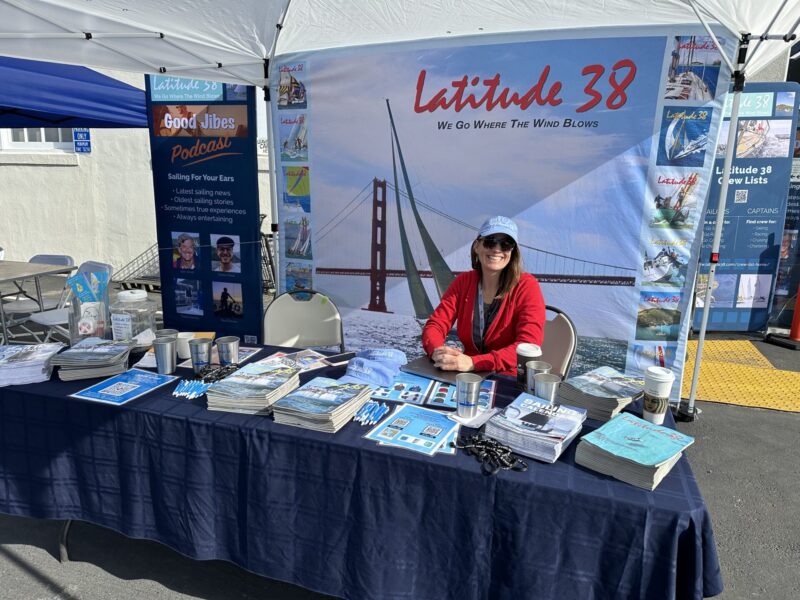
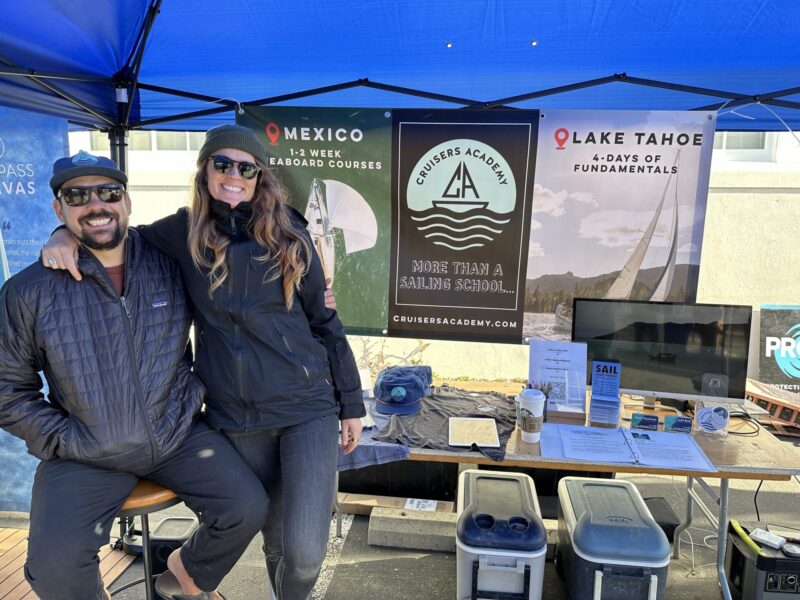
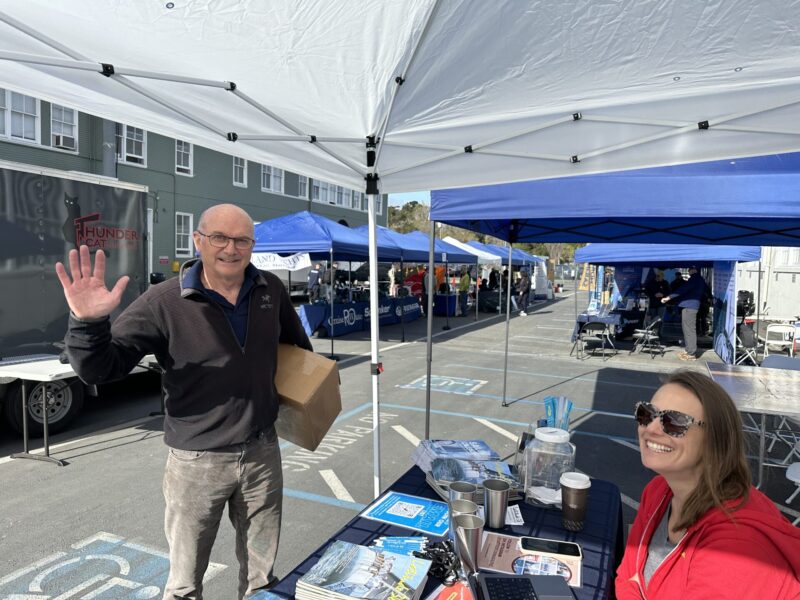
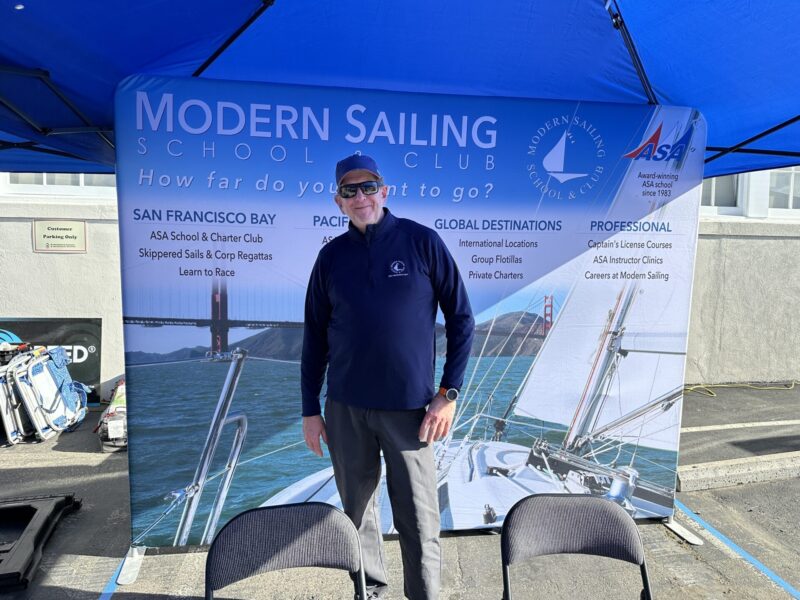
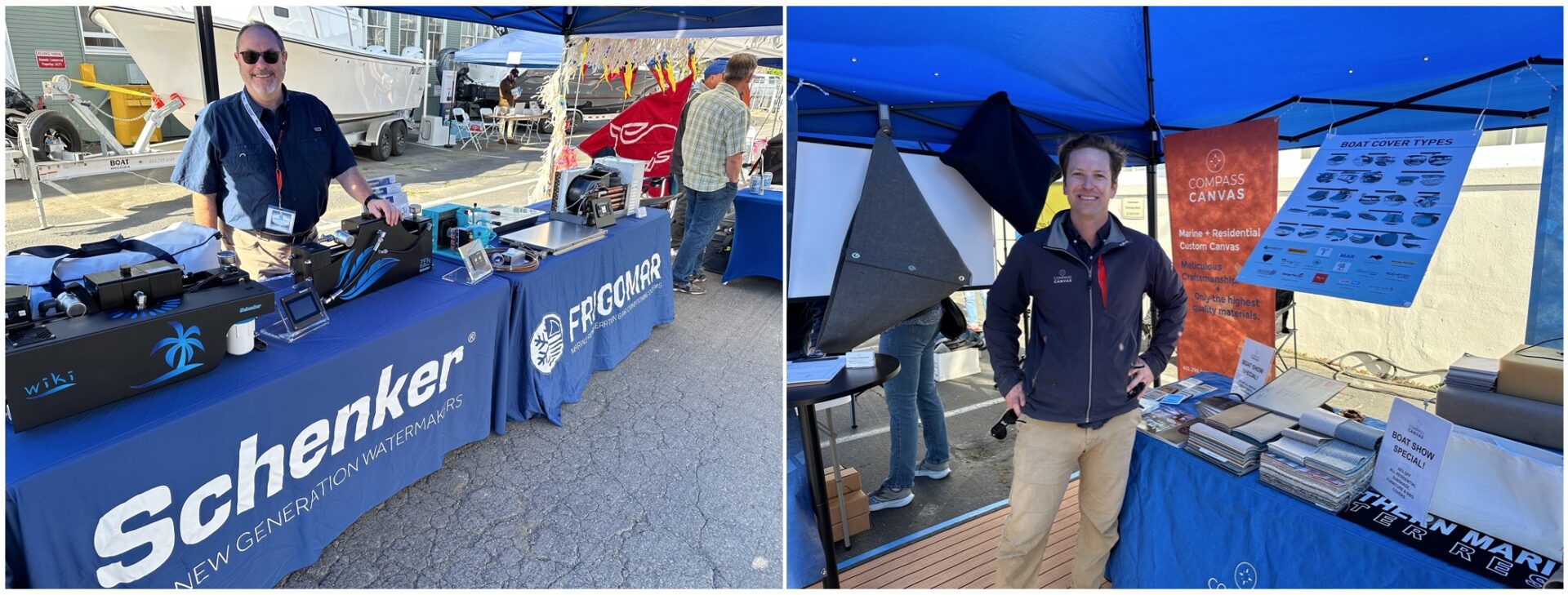
And that’s not all — we haven’t had time to photograph everyone and everything. There are many more exhibitors and sailing enthusiasts to hang out with. You can even chat with the City of Alameda and find out more about the proposed pedestrian bridge.
There is a $10 entry, but you get to trade this for a $15 coupon on a Svendsen’s purchase! Sounds like a good deal to us. Plus Svendsen’s is offering a huge selection of Spring Fling deals today and tomorrow.
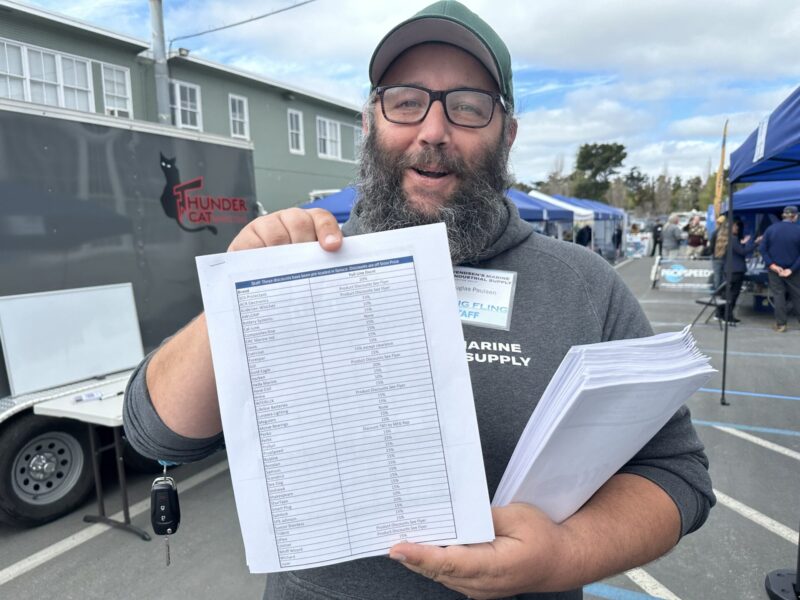
So, what do you say? Will we see you? Hours are 9 a.m. to 6 p.m. on Friday, and 9 a.m. to 4 p.m. on Saturday.
Up to 11% Guaranteed Income With ‘Dream Guarantee’
When placing eligible yachts in the Dream Guarantee yacht ownership program, you can earn 10% annual income, plus an additional 1% income for 3.5 years on select Lagoon and Excess catamarans. As a sister company of Lagoon under Group Beneteau — and in celebration of Lagoon’s successful 40 years as a top luxury catamaran brand — Dream Yacht is proud to extend this exclusive, limited offer of an extra 1% annual income, for select Lagoon & Excess models with deliveries in 2024.
Owners can enjoy the additional income while still benefiting from all of the standard program features, with all costs included, and up to 12 weeks of sailing from any Dream Yacht destination. CLICK HERE to learn more about Dream Guarantee.
Bay Area Sailor Pat Broderick Is Sailing Aboard ‘Stad Amsterdam’
A few days ago, Bay Area sailor Pat Broderick stowed his duffel and backpack aboard the Stad Amsterdam and stood on deck to wave farewell to the USA. Pat is onboard for the ship’s expected 28-day voyage from Hawaii to Tokyo, and as promised, is keeping us updated on his experience.
“Did I feel like Ishmael as he boarded the Pequod? Was an angry Captain Ahab driving the crew as the ship departed? Did Starbuck bark orders to break out the sails? And did we sail off into the unknown seeking the White Whale? Not really. But as I watched the dock hand toss the final line into the water, maybe some. It was the final link to land.”
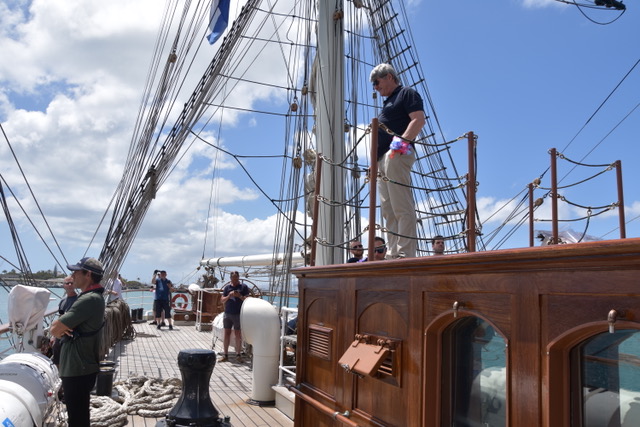
Stad Amsterdam threw her last docklines at 1:30 p.m. (Hawaii time) and sailed a westerly course along Oahu’s southern shore. “As the sun went down Honolulu’s lights glowed on the fading island,” Pat writes, “the last land we’ll see until Japan appears on the horizon about 28 days from now.”
The Stad Amsterdam is a modern version of the square-riggers of centuries past. The 250-ft-long steel-hulled ship was launched in 2000. And while she still relies on fossil fuels, she is gradually being upgraded to incorporate the latest technology to reduce both her carbon footprint and her ecological impact.
Ultimately they want to get back to where tall ships started, traveling the world using only the wind, although with the comforts and convenience of modern life. To this end, the Stad Amsterdam has a total sail area of almost 22,000 square feet, across 31 sails, which Pat tells us are controlled by several hundred lines.
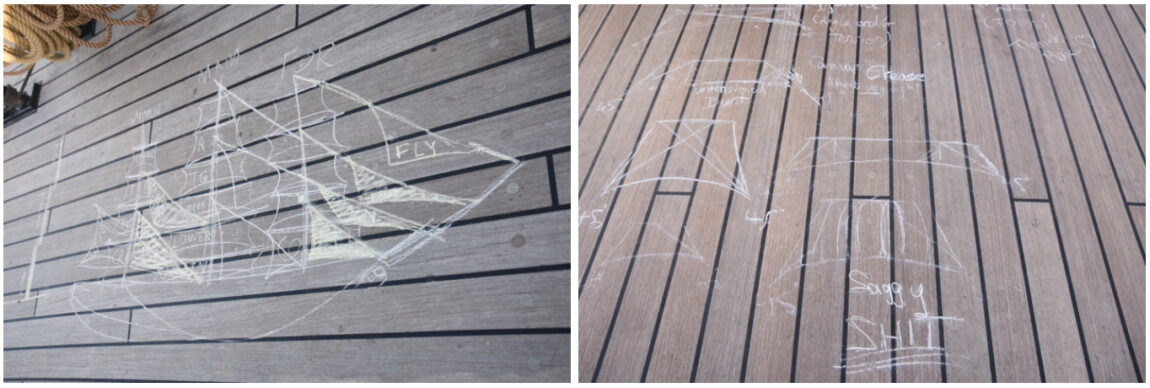
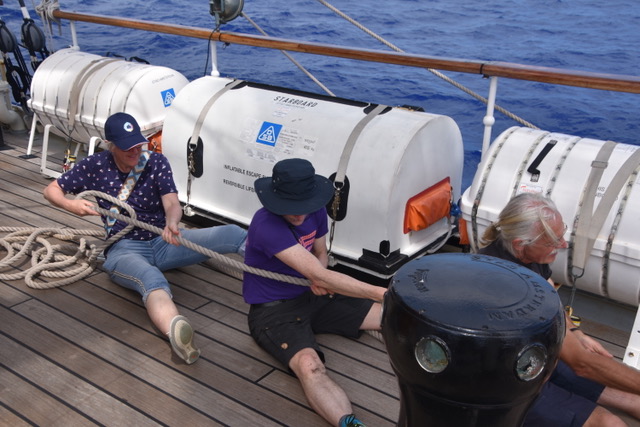
Pat is on the daytime “White Watch” between 2 and 6 p.m. On day two of his voyage, the wind blew easterly in the low teens for most of the day. “For a while the crew worked at rigging the studding sails on yards that extend out from yards on the main and foremasts, but the wind piped up and the sails remained on deck. I counted 17 sails set through the evening.”
By day three the wind was fluky and had dropped significantly. By the time Pat was on watch the captain ordered the crew to strike sail and coil the lines while he started the engine. “We’re motoring at about 6 knots in the right direction,” Pat tells us. “He [Capt. Blinkenberg] says we’ll have at least one day and perhaps more before we find enough wind to sail.”
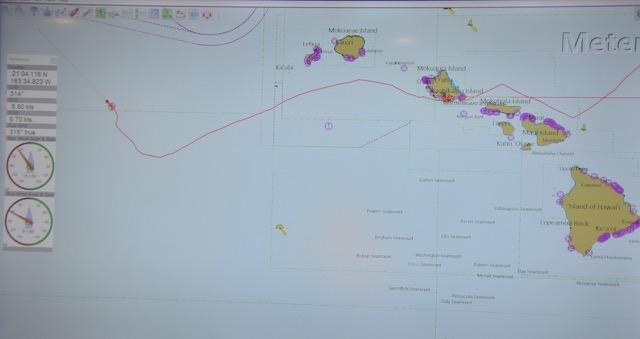
We’ll bring you more updates of Pat Broderick’s voyage aboard the Stad Amsterdam soon. Stay tuned …
Mariners Rescued From Uninhabited Island After Writing “HELP” With Palm Fronds
We’ve seen it movies — mariners stranded on an uninhabited island signaling their plight and being rescued. This week the scenario was real when three mariners were rescued from a tiny, uninhabited island in Micronesia after laying out palm fronds on the beach to spell “HELP.” On April 6, a relative notified the USCG that her three uncles had failed to return home after departing Poluwat Atoll on March 31 aboard a 20-ft outboard-powered open skiff.
The experienced mariners, all in their 40s, had been heading for Pikelot Atoll, approximately 100 miles northwest of Poluwat. They were in familiar waters but had sustained damage to their skiff and outboard, becoming stranded on the small island covering less than 2000 square feet. On April 7, a US Navy P-8 Poseidon aircraft identified the stranded men and confirmed their presence and condition. The aircraft crew successfully dropped survival packages to sustain the mariners until further assistance could arrive.
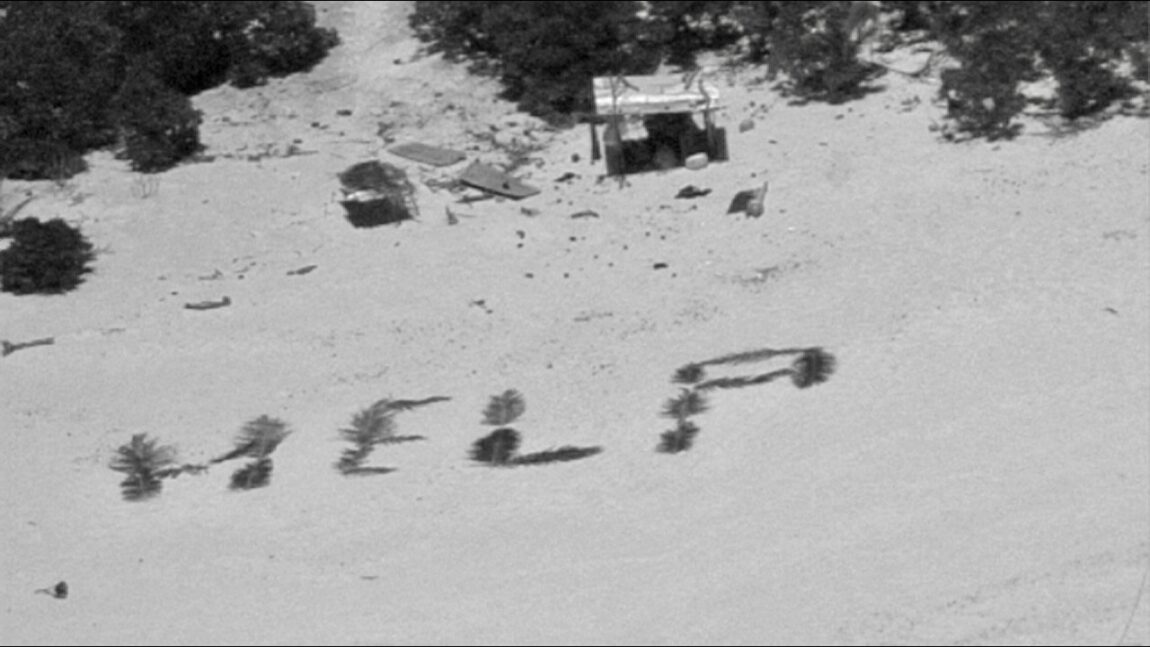
On April 8, a US Coast Guard Hercules aircraft from Air Station Barbers Point, Hawaii, flew over the area and dropped a radio to establish communication. The mariners confirmed they were in good health, had access to food and water, and had recovered their damaged skiff. The next morning, they were picked up by the USCG’s 154-ft Fast Response Cutter Oliver Henry. The men and their equipment were taken aboard and returned to their home port, Poluwat Atoll.
The rescue operation was a coordination of US Coast Guard Forces Micronesia/Sector Guam and the US Navy. USCG Lt. Chelsea Garcia, the search and rescue mission coordinator on the day the mariners were located, said spelling out “HELP” on the beach with the palm fronds was a crucial factor in their discovery. “This act of ingenuity was pivotal in guiding rescue efforts directly to their location,” Lt. Garcia said. “This successful operation underscores the effective coordination and partnership between the US Coast Guard, the US Navy, and regional partners. We extend our gratitude to everyone involved.”
The USCG concluded their report with the recommendation that “all mariners equip their vessels with an Emergency Position Indicating Radio Beacon (EPIRB) to enhance safety on the water. A growing number of maritime communities offer loaner programs for these devices, making it easier for everyone to access this critical safety tool.”
We wrote about a similar rescue in 2020 when mariners were rescued from an uninhabited beach in Micronesia after writing SOS on the beach. You can read that story here: SOS
Boaters, Keep it Clean with Free Pumpout Nav app
Releasing sewage into waterways while boating or fishing spreads disease, harms aquatic life and, bottom line, it is just plain gross. Learn more about how sewage affects the environment and download the free Pumpout Nav app today. www.BoatCalifornia.com/pumpout

